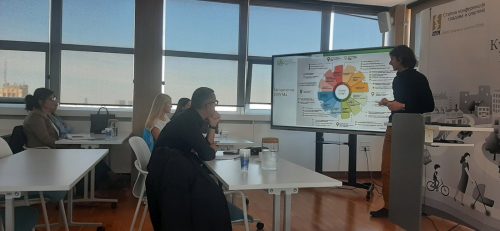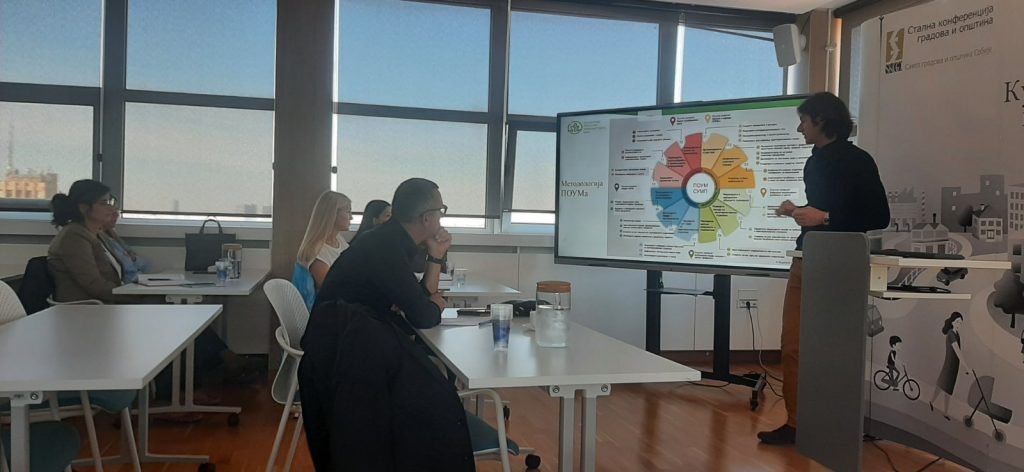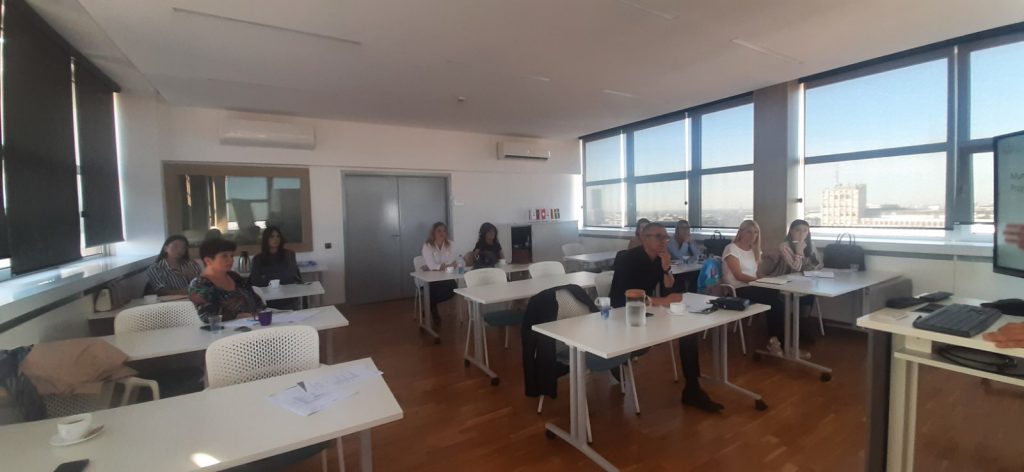
Mobility on local level, especially individual motorized transport, highly influence CO2-emissions on municipal territories as well as air pollution, noise and accidents. To achieve significant improvement in this topics, this sector must be approached in a targeted manner.
The concept of Sustainable Urban Mobility of local self-governments represents a comprehensive approach to planning and implementing measures and activities that contribute to a better and higher quality of life for all citizens through modifications of mobility factors. This topic predominantly focuses on improving public transport through good coverage and connections as well as efficient public transport frequency, on establishing tempo-30 zones as well as traffic-calm or even traffic-free zones, on reducing pollution, on ensuring infrastructure for regulated and efficient parking, and many others.
With these effects in mind, mobility is one main topic within the 6 EEA areas, too. The EEA envisions an increase in capacities related to urban mobility among municipal staff, in addition to the implementation of concrete measures to progress towards sustainable urban mobility.
MEEMP organized the workshop on this topic which was held in the premises of SCTM in Belgrade on October 23, 2023 and attended by representatives of SCTM and the MEEMP pilot municipalities of Krusevac, Uzice and Vrbas. The trainer was Vladimir Đorić, an urban mobility expert.
The participants were familiarized with good practices in the development of Sustainable Urban Mobility Plans, the structure of the necessary traffic database, the methods of data collection, as well as practical advice useful for the development of SUMP.

In short, the goals of the workshop were to…
– provide a better understanding of the importance of sustainable urban mobility and to strengthen their topic-related capacities for a better mobility performance on local level;
– present the possibilities of saving energy and reducing pollution by implementing the sustainable urban mobility measures;
– explain how to provide traffic indicators to the energy managers which are useful in developing an energy balance and energy planning;
– and to enable the municipality in planning and implementing measures in Area 1 (Development and Spatial Planning) and Area 4 (Urban Mobility) in order to improve the mobility performance.

